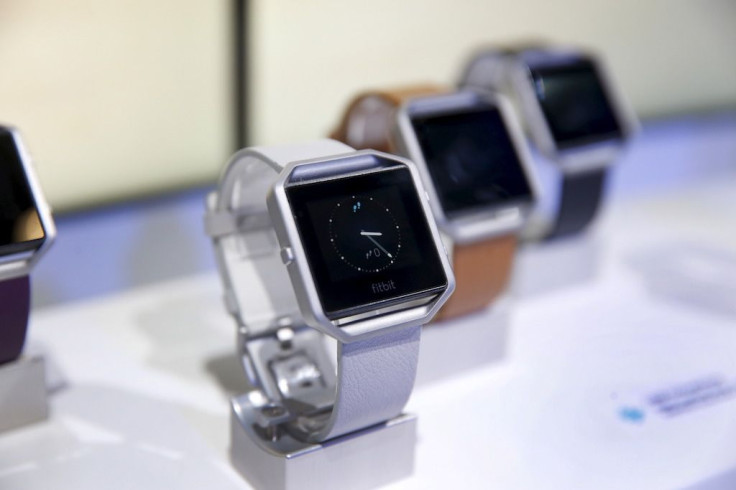Is The Future Of Fitness Wearables Safe?

Fitness wearables manufacturer, Jawbone, is closing down. Being one of the first to offer a wristband to monitor physical activity to the mass consumer market, Jawbone’s UP was a key reference in this market. So its demise has led some to wonder whether it signals the beginning of the end for fitness wearables.
But research I’ve done into fitness wearables shows that, while manufacturers may face some challenges in this increasingly mature market, Jawbone faced a particular set of issues that really hampered its success.
Fitness wearables are part of an ecosystem of devices embedded with internet connectivity and associated applications which have the capability of collecting, storing and transmitting data. This includes fitness trackers, smart watches, skin patches and certain types of smart clothing. Fitness wearables have captured the public’s imagination, as they focus on helping the user stay healthy, promising to help counteract chronic diseases and even slow down the ageing process.
For the moment, however, adoption is still relatively low – even though prices are plummeting. For instance, the Chinese brand Xiaomi now offers a wristband from around £15. Another issue is that about half of consumers abandon their wearables within the first six months. So this is a challenging market.
With the help of Sabrina Arp, a marketer at the firm iMi, we investigated what made people buy health and fitness-related wearables in the first place – and keep using them. We found that the factors valued by loyal users of health and fitness wearables were quite different from those that had influenced the initial purchase of those products.
These factors help us understand why Jawbone struggled to survive in this market and how others might avoid its fate.
Jawbone launched one of the first activity trackers on the market, the UP, which consisted of a flexible wristband covered in colourful rubber. However, the company was plagued by hardware and software problems throughout its existence.
While the most recent versions of the wristband (versions UP3 and UP4) tracked heart rate, they did not allow users to monitor heart rate during exercise. As shown by our research, the ability to monitor heart rate is a key product feature when it comes to people’s initial decision to purchase. It is also a feature commonly offered by UP’s competitors, from the market leader Fitbit to more niche products such as Garmin, which is focused on runners.
Another problem for Jawbone, in terms of driving purchase, was the difficulty in visualising data, because UP devices have no built-in screens. The ability to capture and easily visualise data is a key concern for new users of fitness trackers.
Yet another downside in terms of initial adoption was the company’s low market share – even though the company was relatively early to the market. In recent years, it struggled to get more than a 4% market share, a far cry from Fitbit’s 25%. This was a problem for Jawbone because, according to our research, being able to see the product being used by other consumers is key for people deciding what wearable to buy.
How not to lose your customers
If these problems made it hard for the company to attract new customers, several others meant that those that had bought the fitness band eventually gave up. Chief among these was the poor reliability of the data generated by the device. For instance, in 2014, a clinical sleep test comparing data provided by sleep tracking devices revealed that Jawbone provided very inaccurate information. As reported in Huffington Post, at the time: “The Jawbone produced an impressive amount of data … [But] In looking at the data, the results of the Jawbone bear little resemblance to my actual night of sleep.”
There were also limitations in terms of manipulating data and integrating data with other devices or apps, not least because Jawbone was slow to innovate and bring new products to the market. And finally, because of the company’s small market share, there were limited opportunities to interact and compete with other users, which is a significant factor in sustaining use among some buyers of fitness trackers.
In summary, Jawbone’s small market share, the slow rate of innovation, and the hardware and software limitations meant that the company struggled to attract new clients in an increasingly sophisticated and price-conscious market. It then struggled to keep those that had bought the product.
As the market matures, we will see companies targeting products to specific market segments (such as Garmin), and either focusing on price or added value. So there is room for growth and for new players. But companies in this market need to keep in mind that the factors that make a product successful to start with are very different from those that support loyalty. If they want people to buy their fitness wearables, and to continue using them, these companies need to ensure that the devices and apps have both types of features to keep consumers interested.
Ana Isabel Domingos Canhoto, Reader in Marketing, Brunel University London
This article was originally published on The Conversation. Read the original article.






















